New year, same rodeo
Slightly delayed, but well rested, bouncing back into your lives after hibernating.
Welcome to dear midnight, my newsletter with writing on all things photography, publishing and the artistic process. In these mailings you will read about the material I encounter while working on my personal projects and Foam Magazine.
I sent out my first letter exactly one year ago and it has been a real pleasure seeing the list grow since then. For me it all started from the need for more in-depth reflection and has turned into much more: a place for connection and exchange. Thank you for reading along, I really appreciate your time, attention, thoughtful replies and help with spreading the word.
After a small pause from writing in the busy month of December I’ve decided to tweak the format to better match my agenda for the upcoming months. Dear Midnight will become a monthly newsletter this year, with the occasional special edition after festivals, travels or revelations. At the bottom of this edition you will also read about a new feature that I’m very excited to introduce.
How else do we return to ourselves but to fold
The page so it points to the good part.
A smile runs across my face as I read those first words in the poetry collection Time is A Mother by Ocean Vuong - an author that has had me absorbed in his writing ever since his debut novel On Earth We’re Briefly Gorgeous. The poem is called Snow Theory and having just gone through a kind of winter hibernation myself, nesting in distance and rest, I enjoy the thought that one might be able to navigate back to oneself so easily. As I sharpen my focus, skimming the lines of my story, I think I’m getting closer to the part I’m looking for, ready to enter the new year.
Ready, but definitely not prepared, as 2025 promises to be another unpredictable year where extreme weather, insane politicians, fake news and violence could surprise us as at any moment. What will define the time ahead? I try to stay hopeful, but with the inauguration of Trump earlier this week I’m hesitant, anxious even, about attempting to answer this question.
1: Anxiety
While scrolling on instagram end of last year I stumbled across a post by Vuong that caught my attention and sent me down a rabbit hole of image research. Captioned ‘Untitled’ Washington D.C. 2024 (after Koudelka) the image transports us to the iconic viewpoint of the White House, residence of the Presidents of the United States. The sky is grey, and the wet surface of the stone tiles reflects (enlarges?) the fence outside the garden, stretching the distance and inapproachability of this power house further. From the left side an arm reaches into the frame, wristwatch pulled into sight from underneath a green bomber jacket. Its hands pointing at ten to seven.
As viewers we are put in an apprehensive position - waiting, looking up, and back down at the wristwatch measuring the time we have been looking, waiting. I instantly recognise the reference, and after processing and connecting the dots I stare in awe at a perfect description, encapsulation, of my current state of mind. Boggled by the uncertainty of what might be about to happen, tracking time in anticipation of it.
anxiety a feeling of worry, nervousness, or unease about something with an uncertain outcome.
On August 20th, 1968 on the Square of Czechoslovakia the famous Czech photographer Joseph Koudelka created one of the most iconic documents of the 20th century, baring witness with one simple gesture to the moment that changed the country fundamentally. Like a silent prophecy Koudelka’s image captures the calm before the storm, as if expecting it.
Today we know that the Soviets came rolling into the streets and overthrew the Czechoslovakian government to put up a puppet state only minutes after this photograph was taken. History books tell us of the peaceful resistance, the students who pulled together and held back the Soviets for several days, to no avail. The untrained eye might not see much more than an empty boulevard and an arm captured by its owner, but with the passage of time it can become so much more - a reference of the times political climate.
2: Reference
In 2011 we published an issue of Foam Magazine that attempts to unravel the relationship between original and copy. Be it the appropriation of a particular style and author or the deconstruction, manipulation and demystification of existing visual icons and cliches. The portfolios dig into, and play with, our feelings of deja-vu by bringing pre-existing images to life.
reference describes the act of mentioning or alluding to something or someone in speech, writing or image making
‘History, and art history in particular, exists by virtue of the constant conversation between existing knowledge and new insights. We continually recall images from our visual consciousness, from our memory, so that we can compare, discover similarities and reveal differences on a strictly formal level as well as concerning content and meaning.’ Marcel Feil
Compulsion, the work of U.S. American photographer Alex Prager for example, draws upon a deep pool of imagery associated with cinema, news and literature in her practice. In her elaborately staged images she manages to mess with the viewers sense of familiarity and orientation, skilfully guiding us from that American road trip movie, to a Lynchesque set and on to an image we saw on the news last week.
The title, a word that describes the irresistible urge to behave in a certain way, seems to refer to the act of looking itself here. Possibly referencing the confusing pull some might feel when driving past an accident on the motorway, terrified but unable to not look.
Each scenario is put into conversation with a revealing close up of the spectator, the voyeur. At times irritated, shocked, pitiful, fearful or in cool observation their expressions influence the way we read the scenes themselves.
Are these indications of how one can (or must?) react to the images? As if standing in a mirror cabinet we find ourselves looking at them looking at what we are looking at.
In a divisive day and age like ours the series sparks questions about the relationship between victim and by-stander and ultimately reminds of the responsibility that comes with spectatorship. When reality feels so absurd that it might (actually) be fake, its important to remain clear-headed and look more carefully - at pictures, but most of all at the world and the people around us.
3: Introducing…the BOOK CLUB!
I’m switching things up a little this year to keep Dear Midnight refreshing for you and me. These three books all hover in the realm of photography related prose and have been on my reading list for a while, and I thought we could read them together. Here’s how it goes, I’ve divided the year into sections and at the end of each one I will dedicate space in the newsletter to a summary, review and thoughts on the title. In the meantime you can add your own observations and responses in my thread channel on the substack app, and I hope you will join in!
January - April
‘A weekend spent antiquing is shadowed by the colonial atrocities that occurred on that land. A walk at dusk is interrupted by casual racism. A loving marriage is riven by mysterious tensions. And a remarkable cascade of voices speaks out from a pulsing metropolis.
We’re invited to experience these events and others through the eyes and ears of Tunde, a West African man working as a teacher of photography on a renowned New England campus. He is a reader, a listener, a traveler, drawn to many different kinds of stories: stories from history and epic; stories of friends, family, and strangers; stories found in books and films. Together these stories make up his days. In aggregate these days comprise a life.’ via Good Reads
May - August
‘Pictures for Charis is a project driven by photographer Kelli Connell’s obsession with the writer Charis Wilson, Edward Weston’s partner, model, and collaborator during one of the most productive segments of his historic career. Connell focuses on Wilson and Weston’s shared legacy, traveling with her own partner, Betsy Odom, to locales where the latter couple made photographs together more than eighty years ago. Wilson wrote extensively about her travels and about her, and Weston’s, photographic concerns.
In chasing Charis Wilson’s ghost, Connell tells her own story, one that finds a kinship with Wilson and, to her surprise, Weston, too, as she navigates her own life and struggles as an artist against a cultural landscape that has changed and yet remains mired in the many of the same thorny issues regarding the nature of desire and inspiration, and the relationship of artist and landscape.’ via Aperture
September - December
‘Funny Weather brings together a career’s worth of Laing’s writing about art and culture, examining its role in our political and emotional lives. She profiles Jean-Michel Basquiat and Georgia O’Keefe, interviews Hilary Mantel and Ali Smith, writes love letters to David Bowie and Freddie Mercury, and explores loneliness and technology, women and alcohol, sex and the body.
With characteristic originality and compassion, she celebrates art as a force of resistance and repair, an antidote to a frightening time. We’re often told art can’t change anything. Laing argues that it can. It changes how we see the world. It makes plain inequalities and it offers fertile new ways of living.’ via Good Reads
If you’ve read this far, thank you and I hope you enjoyed! My next letter will reach you in February 2025. Until then, take care, and take your time.
x


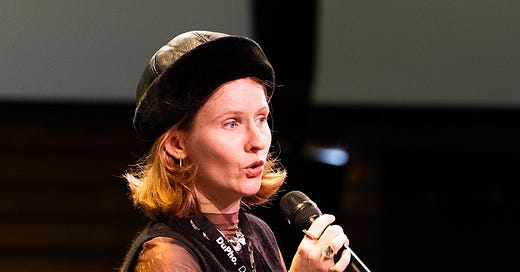

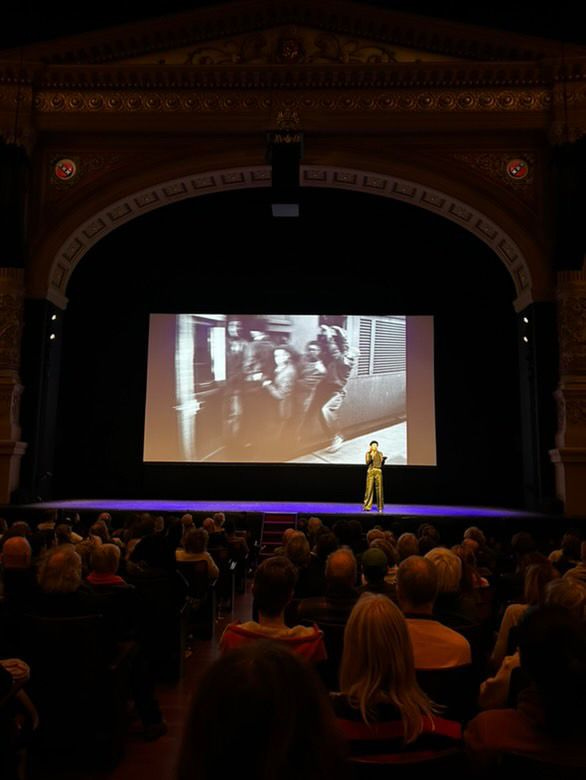

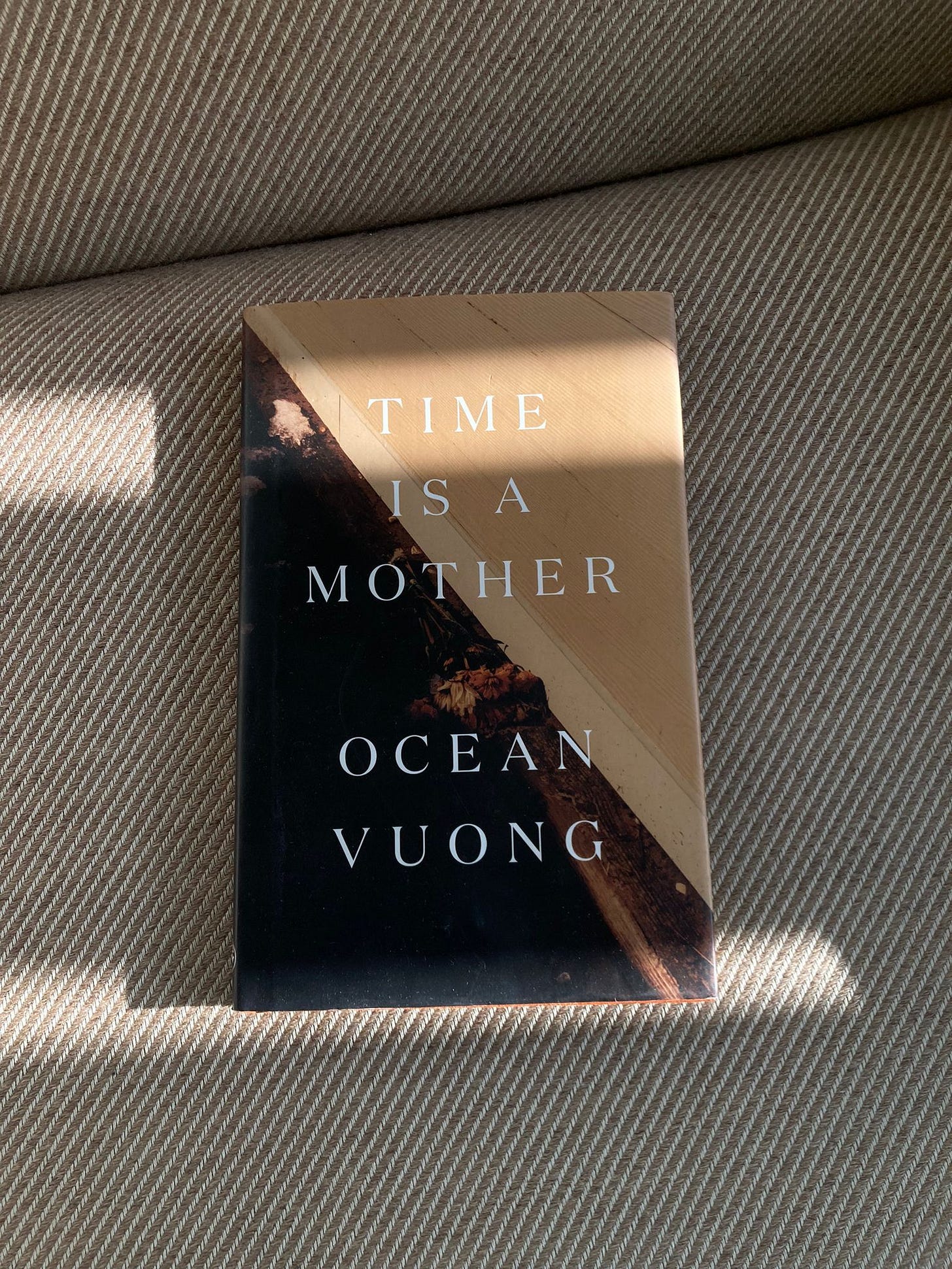

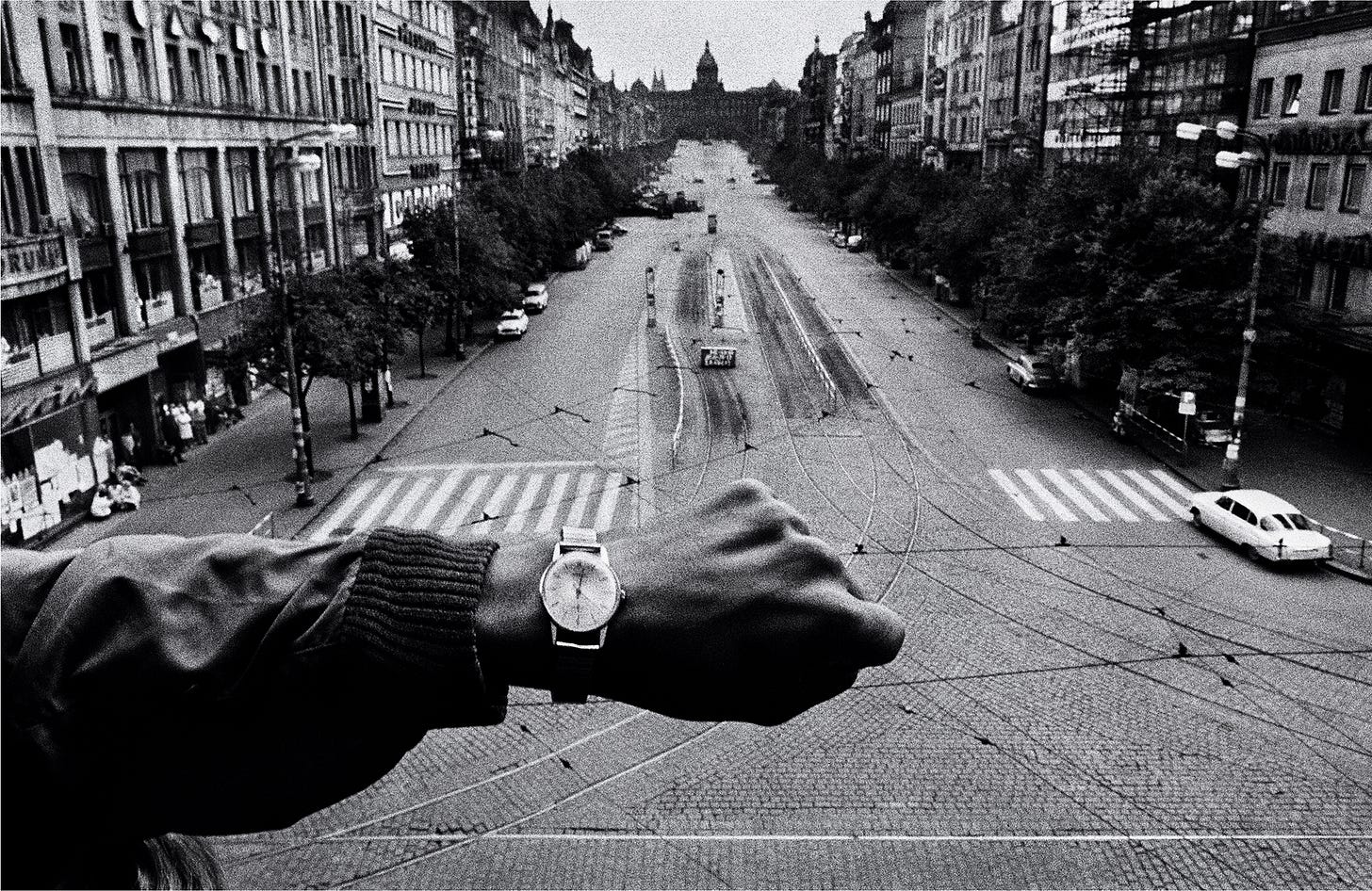
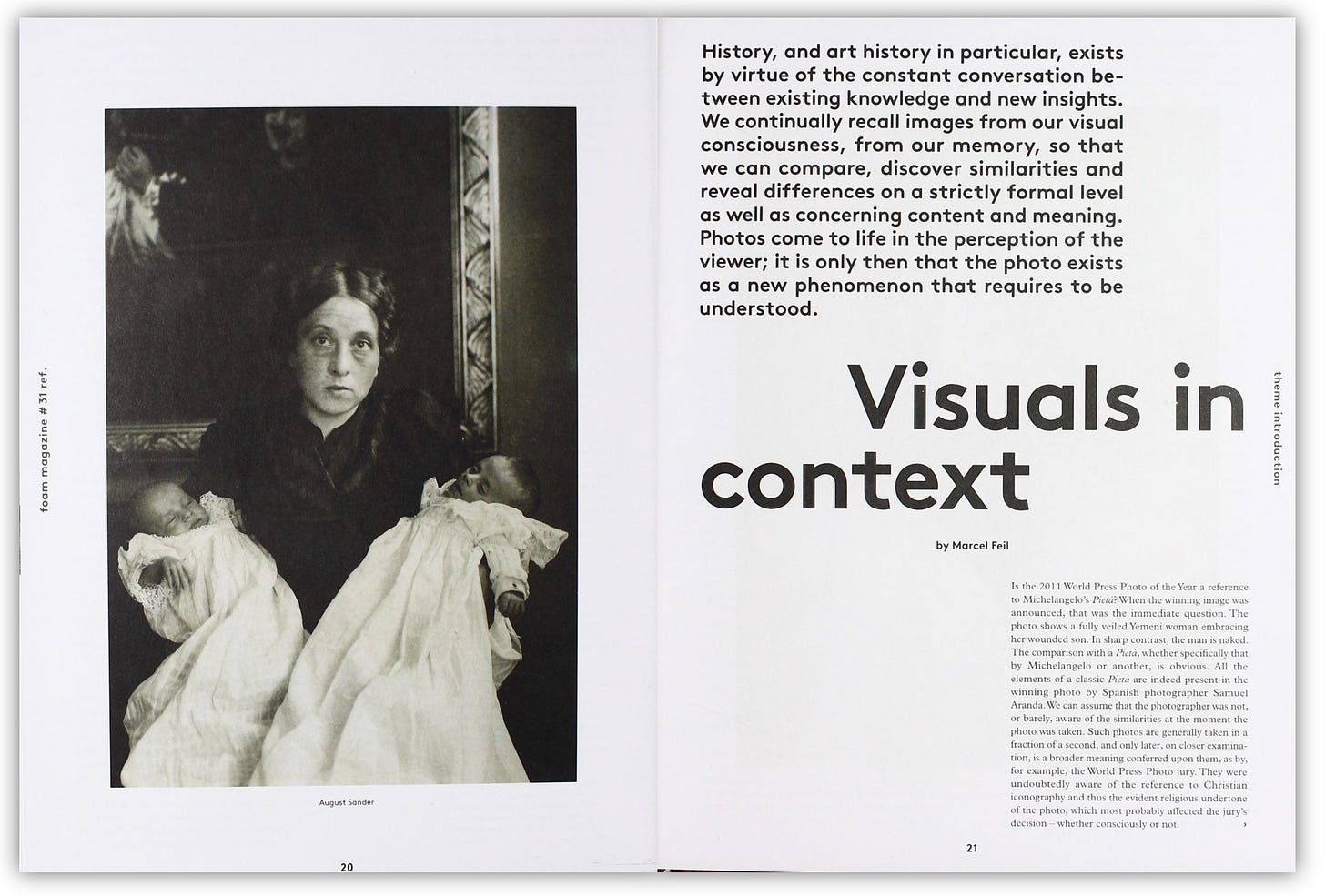
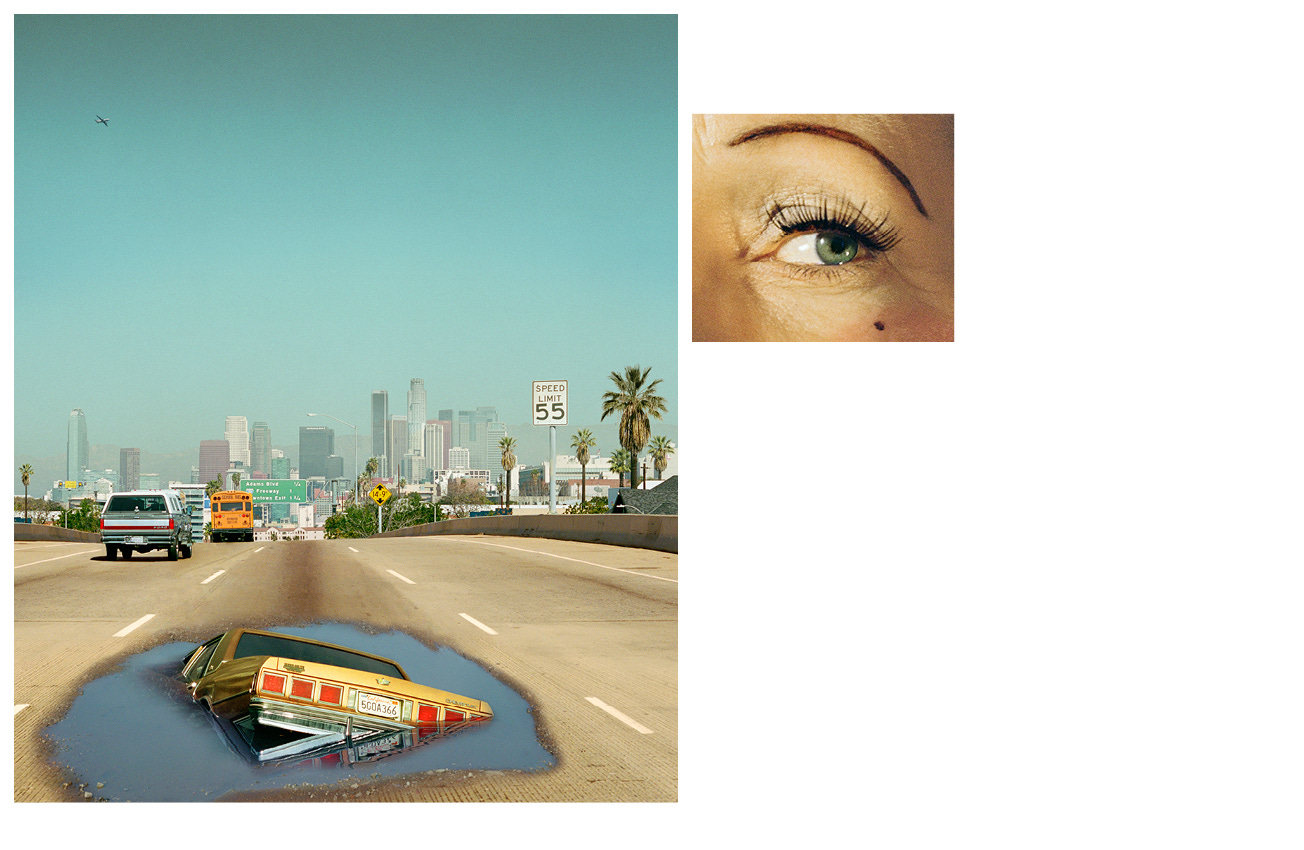

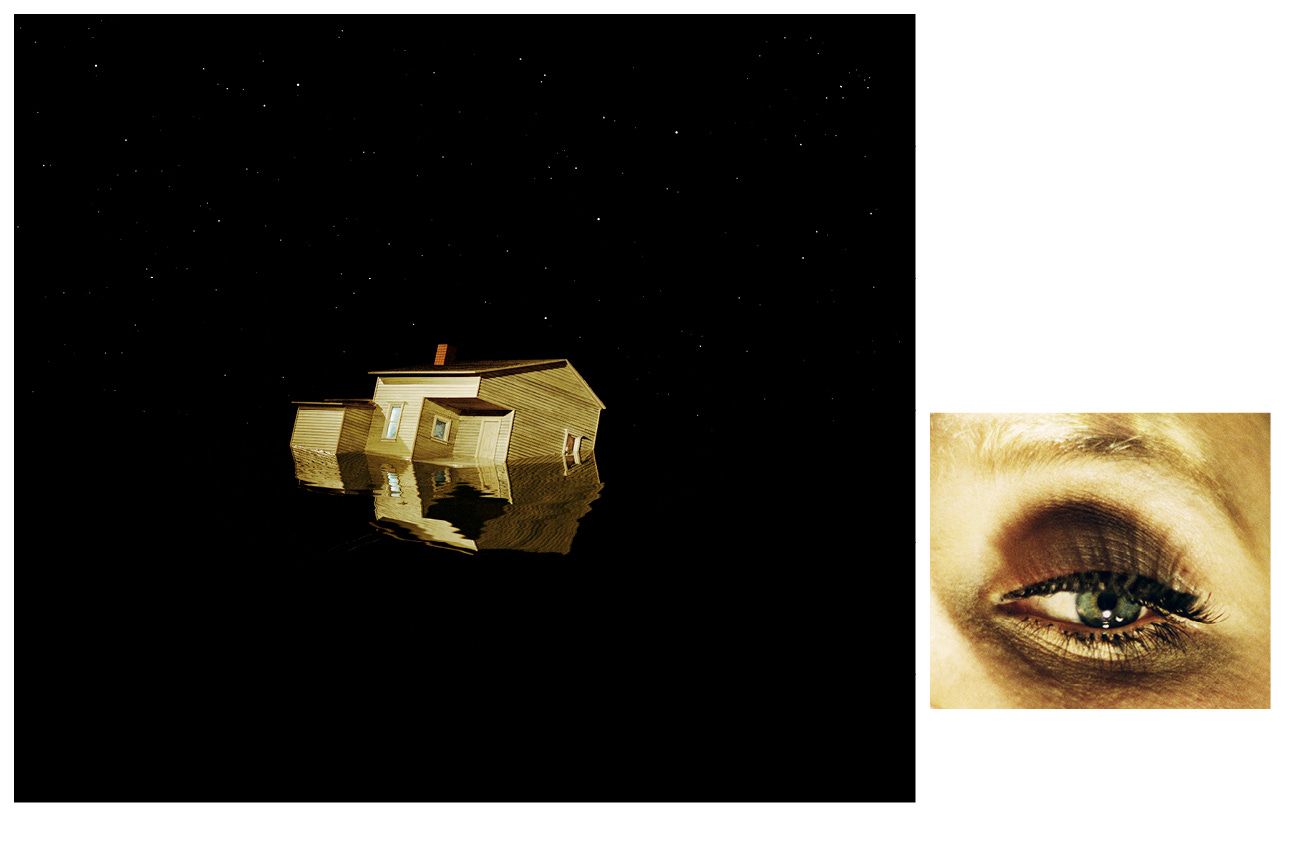


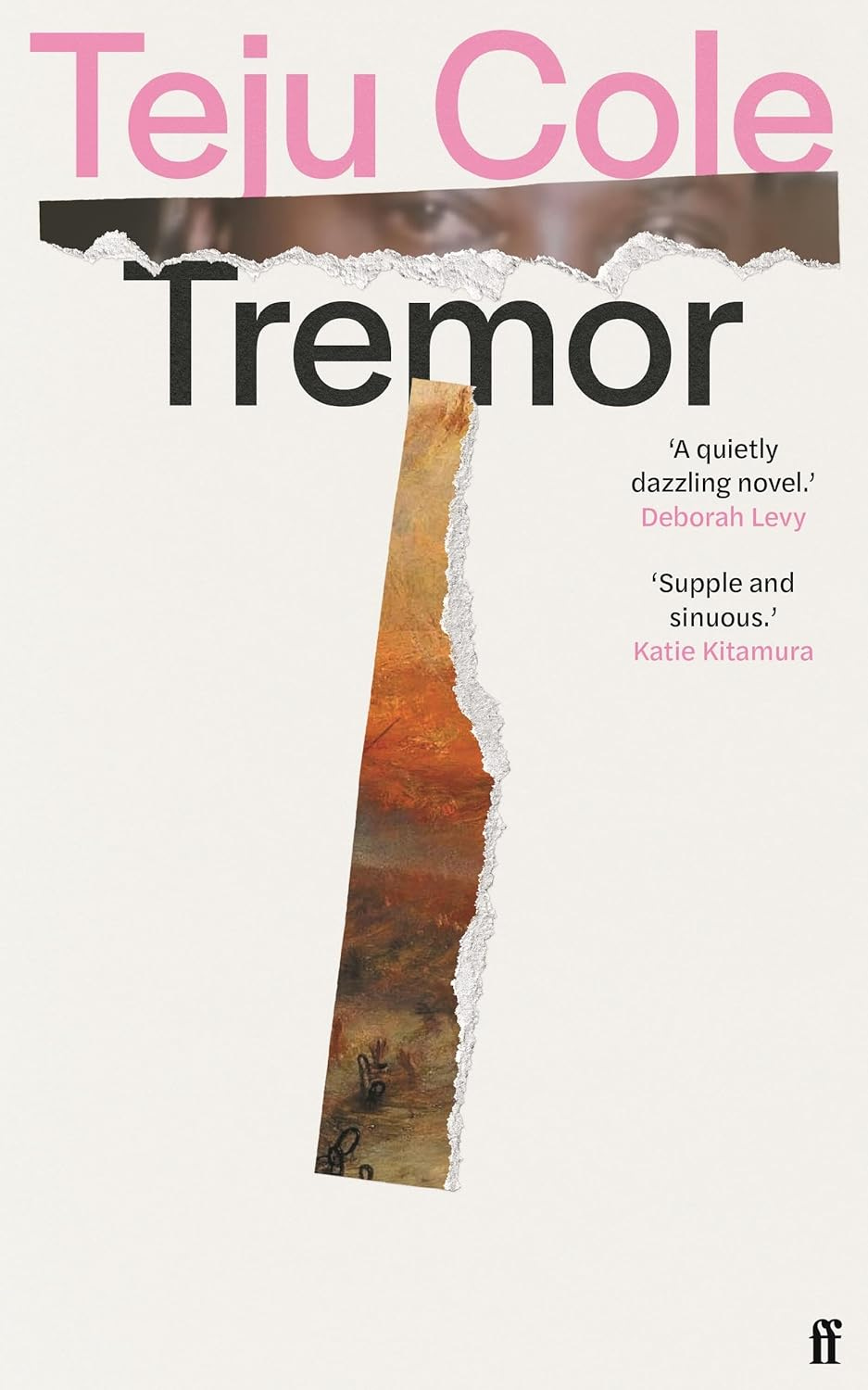

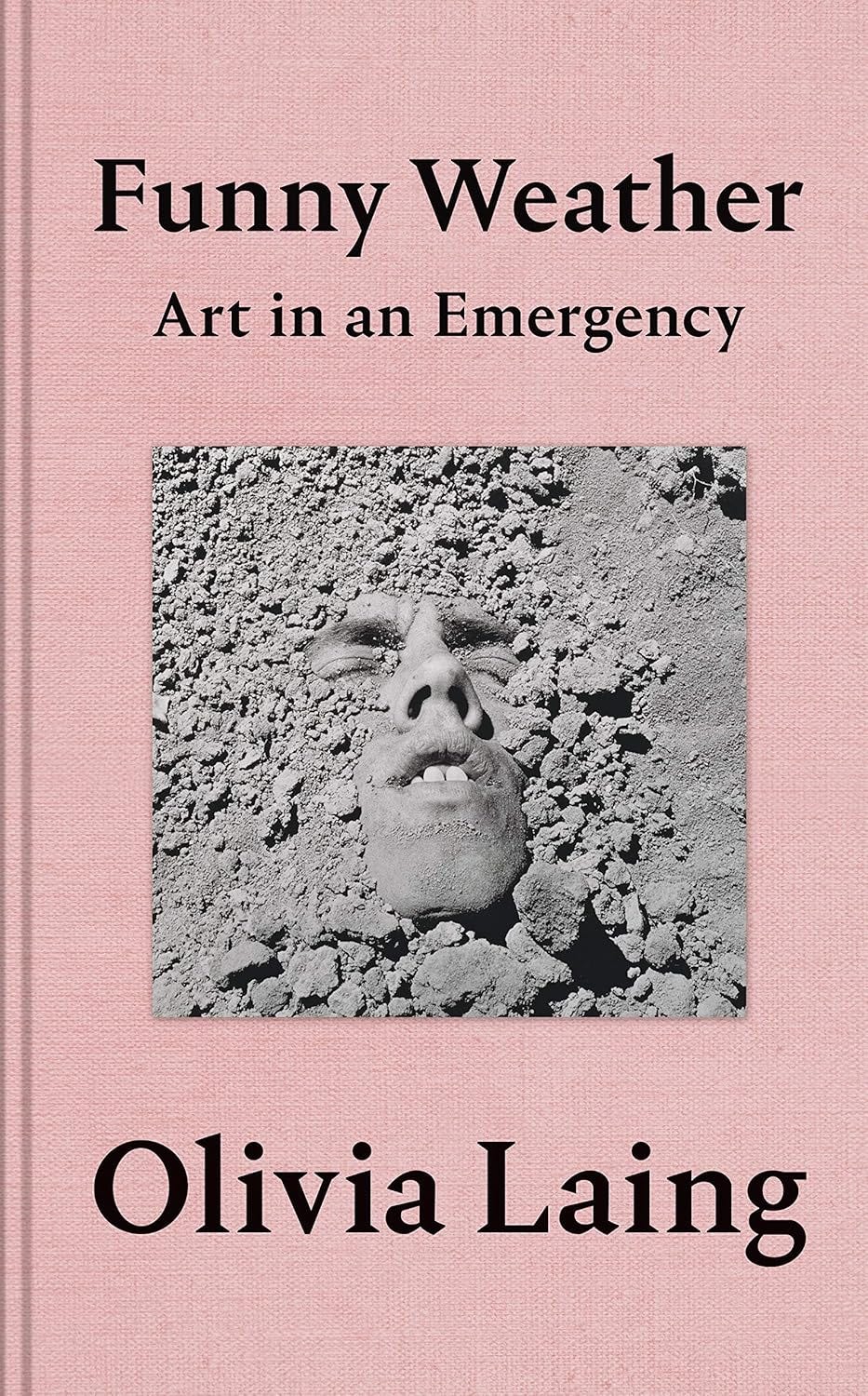

Book club, yes please! 🤩
LOVED the candidly, what position are you looking for!!! Very apt!